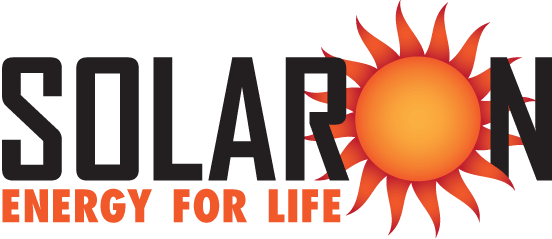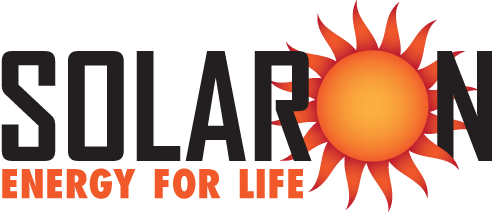
In a recent article, we discussed how many solar panels are required to meet the power needs of the entire world. In this article we focus specifically on the electricity needs of the United States. What area of land would be required for photovoltaic cells and how much space must be set aside for power storage with batteries?
Checking the Calculations
Elon Musk made headlines throughout the United States when he announced in 2015 and again in 2017 at a National Governors Association meeting that our national power needs could be met by a solar panel array only 100 miles by 100 miles in size, or 10,000 square miles. Since those solar panels would only generate energy during the daytime, he also suggested a battery storage system that would be one square mile in size, or one mile by one mile.
As a solar energy company, Solaron fully supports discussions on the possibilities inherent in solar power. We help people generate their own electricity with SunPower solar panels and to heat or cool their swimming pools using Heliocol solar technology. So let’s examine these figures and consider whether they are reasonable.
First off, the suggestion of a 10,000 square mile solar facility is simply a concept, a statement of what it would take to accomplish a goal, not an actual project to be completed in the near future. Such a utility site would require a tremendous infrastructure of transmission lines, something most communities would not allow. It would also create a national energy risk, if a disaster or attack ever demolished the site.
The concept does illustrate, however, the total amount of coverage necessary to get the job done. In our previously mentioned article, it was stated that just the rooftops in the United States could provide 40% of our energy needs if covered in solar panels. The other 60% needs to come from utilities, but the best customer service would come from a distributed network of solar panels. These could be in each state, or to make up for the poor amounts of sun in some states, in specific sunny areas only.
Certain power plants already have the ability to contribute to the electrical needs of more than one state. Think about the nation’s massive hydroelectric projects for an example of this. States like California, Florida, Texas, Arizona, New Mexico, Utah and Nevada are all examples of locations with significant land that could be dedicated to solar electricity generation. Creating a distributed network, with facilities in multiple states to allow for weather, cloud cover, etc., would provide a safe system for meeting our energy needs. It would also supply jobs in areas that previously may have been considered wastelands or of little economic value.
Is it Realistic?
As for the math behind the 10,000 square mile solar power grid, according to University College London, this concept is feasible. As stated in an article on their UCL Energy Institute website, “Yes, the area shown is reasonable, as a visualisation of the surface area of panels required to generate electricity equal to total US electricity consumption, on a multi-year average.”
If you want to start contributing to the need for solar electricity, you can do no better than to install SunPower photovoltaic cells on your property. SunPower provides the industry-leading solar panels for efficiency and endurance. For more information on how you can become part of the 10,000 square miles we need for sustainable energy in the United States, contact Solaron online or by calling 916-631-9293.

